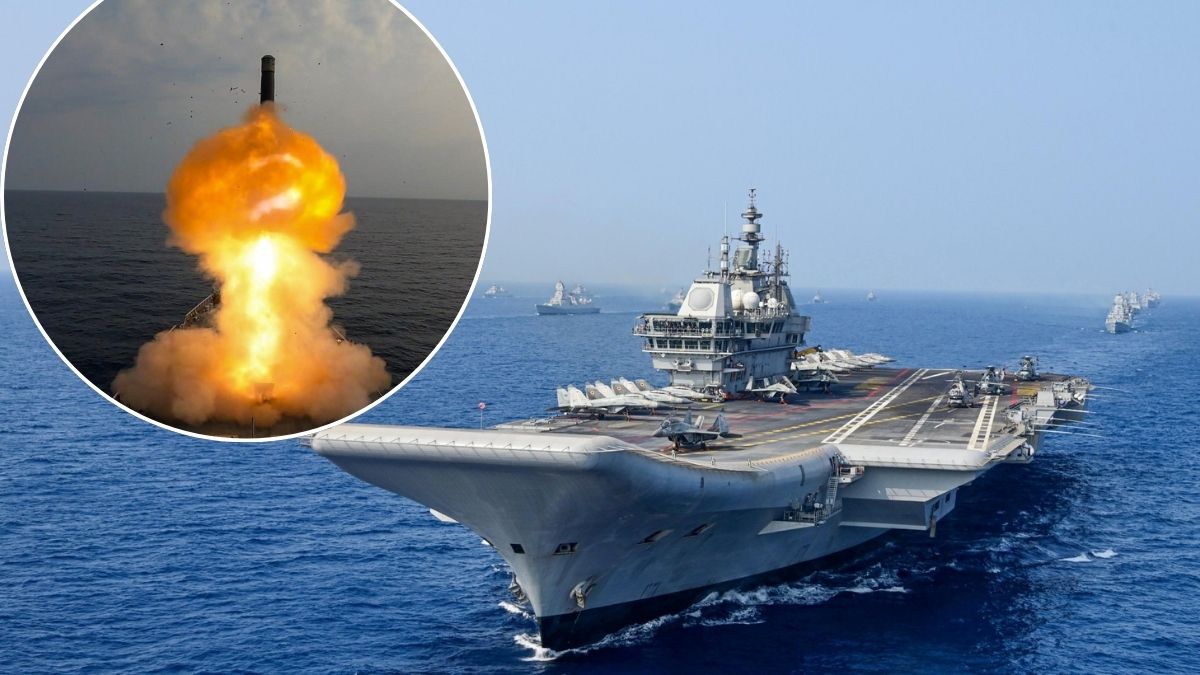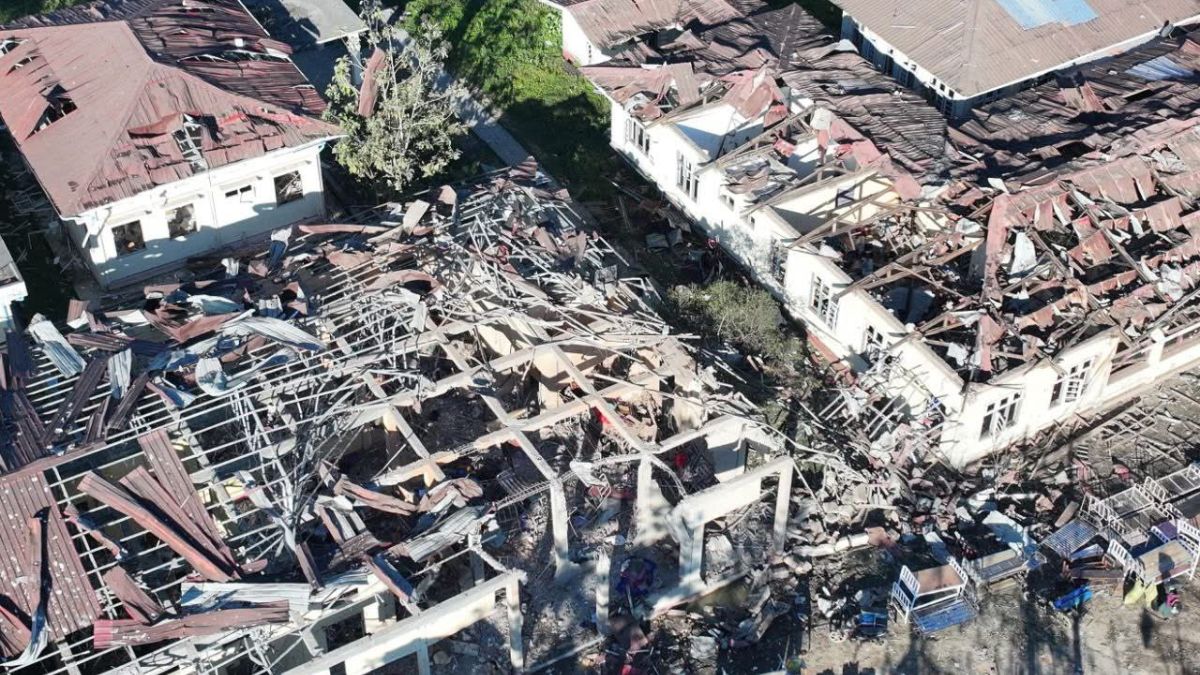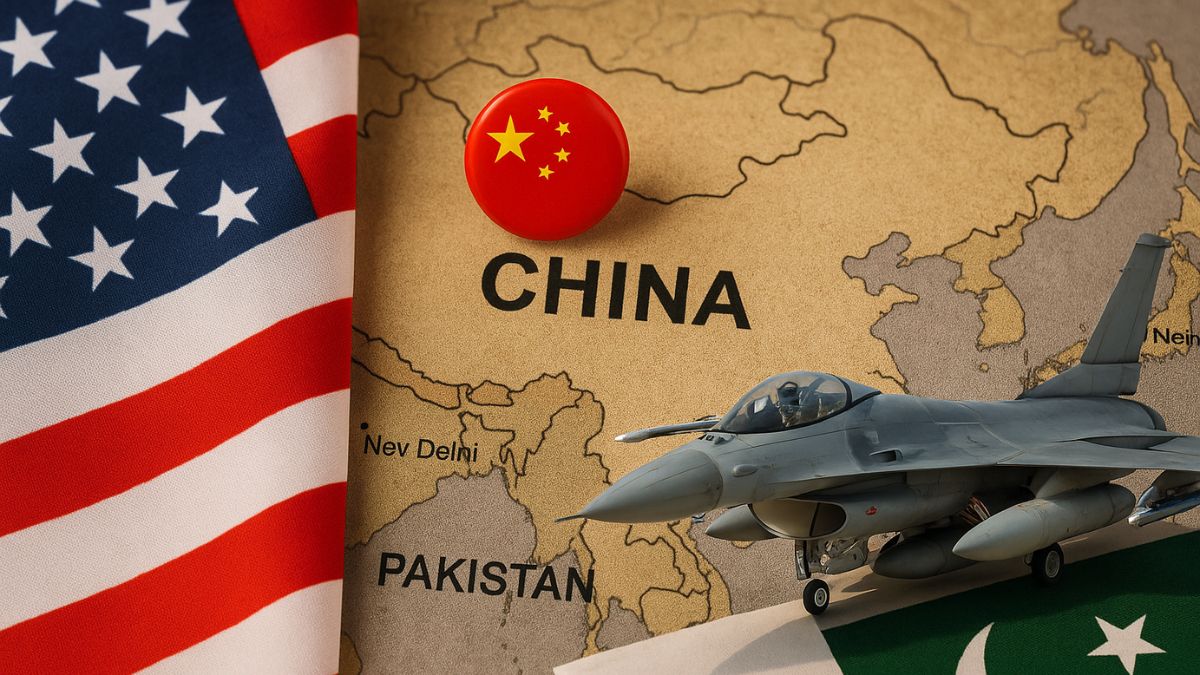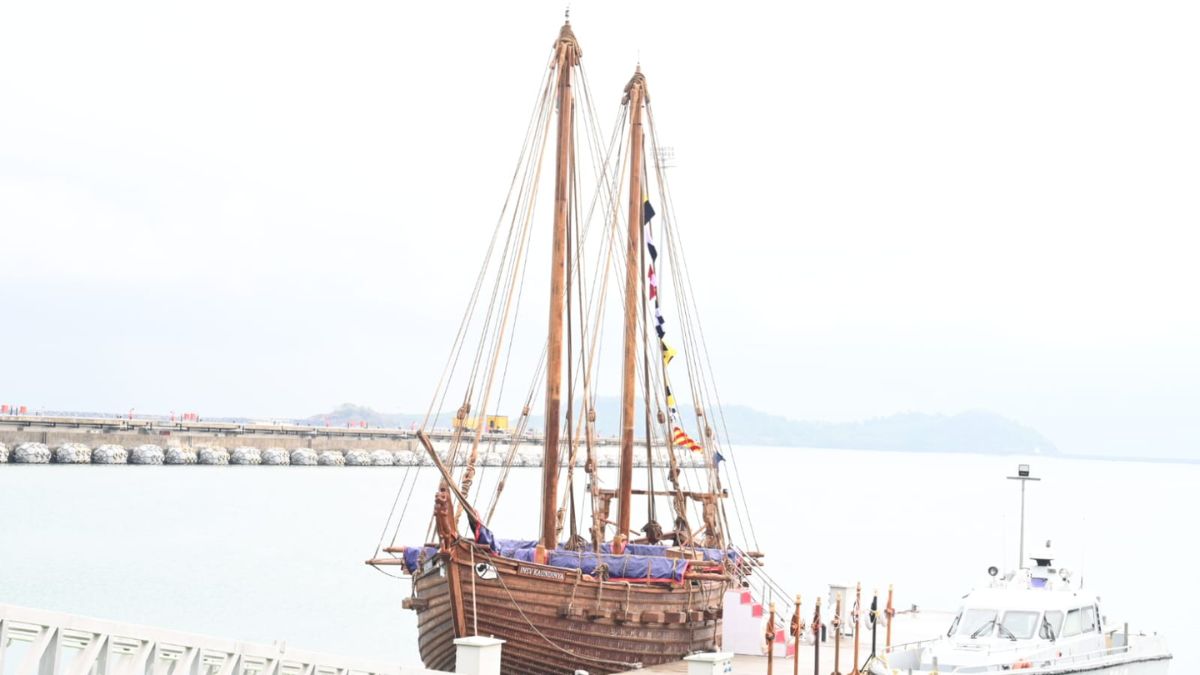Indian Navy Sailing Towards Becoming Big Fish In The Sea: 200 Warships, Submarines By 2035 To Counter China

Already named among the top navies of the world, Indian Navy is sailing towards a bigger fleet amid growing threat from China and Pakistan in the seas. India is steadily moving to transform its Navy into a stronger, networked blue-water force with a projected strength of over 200 warships and submarines by 2035.
This expansion aims to safeguard India’s vast maritime interests and counter the rising collusive threat from China and Pakistan in the Indian Ocean Region and beyond the land borders.
How does China’s growing Navy impact India?
China, with the world’s largest Navy of 370 warships and submarines, is rapidly expanding its presence in the Indian Ocean Region. Alongside its base in Djibouti, it is developing strategic access in Pakistan’s Karachi and Gwadar ports and Cambodia’s Ream facility. Such moves signal Beijing’s intent to secure overseas strongholds in India’s maritime neighbourhood.
How is Pakistan upgrading its underwater fleet?
With Chinese assistance, Islamabad is set to acquire 8 Hangor-class submarines equipped with air-independent propulsion for enhanced endurance. The induction of these boats, starting next year, will give Islamabad a significant jump in sea-denial capability, supplementing its five aging Agosta-class submarines.
The deal with China, finalized in 2015, is the largest naval procurement in Pakistan’s history and has been pitched as a force multiplier that will transform the Pakistan Navy’s undersea arm.
How big is India’s naval fleet?
Currently, 55 warships of varying sizes are being built across Indian shipyards at an estimated cost of Rs 99,500 crore. These include frontline assets to bolster coastal and deep-sea defence. Further, the Navy has secured initial approvals for 74 more indigenous warships and vessels, worth about Rs 2.35 lakh crore.
These include 9 advanced diesel-electric submarines, 7 next-generation multi-role stealth frigates, 8 anti-submarine warfare corvettes, and 12 mine countermeasure vessels. Plans are also in motion for four new-generation 10,000-tonne destroyers and a second indigenous aircraft carrier to follow INS Vikrant, with a displacement capacity of 40,000 tonne.
Why does building a Navy take decades?
Naval power cannot be built overnight as it requires years of design, planning, and construction, a senior official told Times of India. India now stands among a select group of nations, outside the P5 (US, Russia, China, France, UK), that is capable of designing, building, and operating both aircraft carriers and nuclear-powered ballistic missile submarines (SSBNs).
Naval expansion’s boost to Indian economy?
Warship-building contributes significantly to the domestic economy, with estimates suggesting a multiplier effect of 1.8 times. Each shipyard job generates five to six additional jobs in ancillary industries, further strengthening India’s defence manufacturing ecosystem.
“Any expenditure on warship-building has a multiplier effect of 1.8 times on the domestic economy,” he added.
What is Indian Navy’s current strength?
The Indian Navy presently fields 140 warships, including 17 diesel-electric submarines (many nearing obsolescence) and two SSBNs, supported by more than 250 aircraft and helicopters. With older platforms set for retirement, the long-term plan envisions over 200 warships and submarines, and nearly 350 aircraft by 2035.
Officials believe this number could even reach 230 by 2037.







